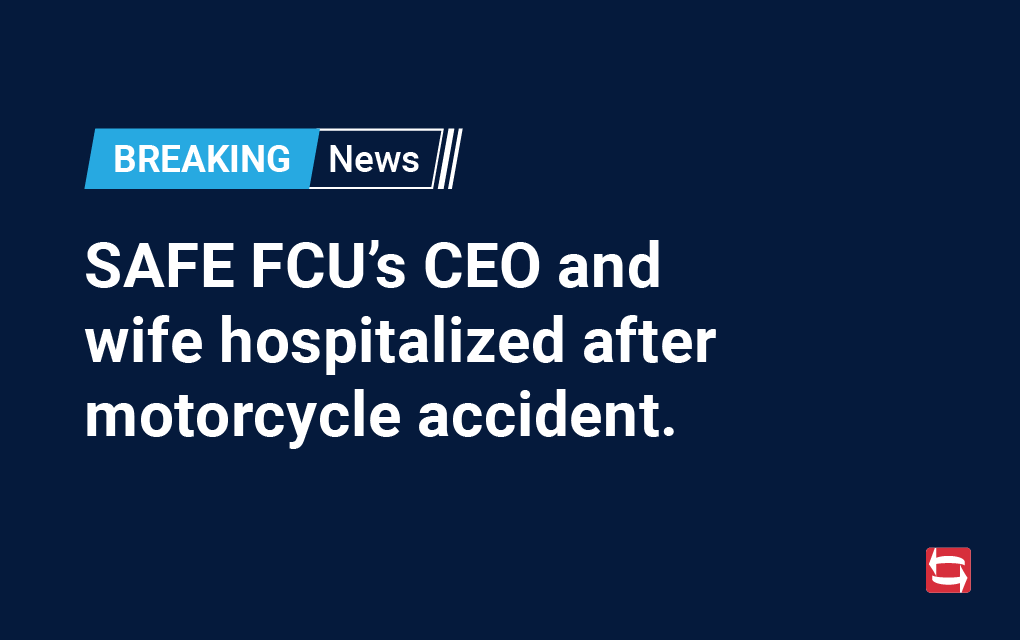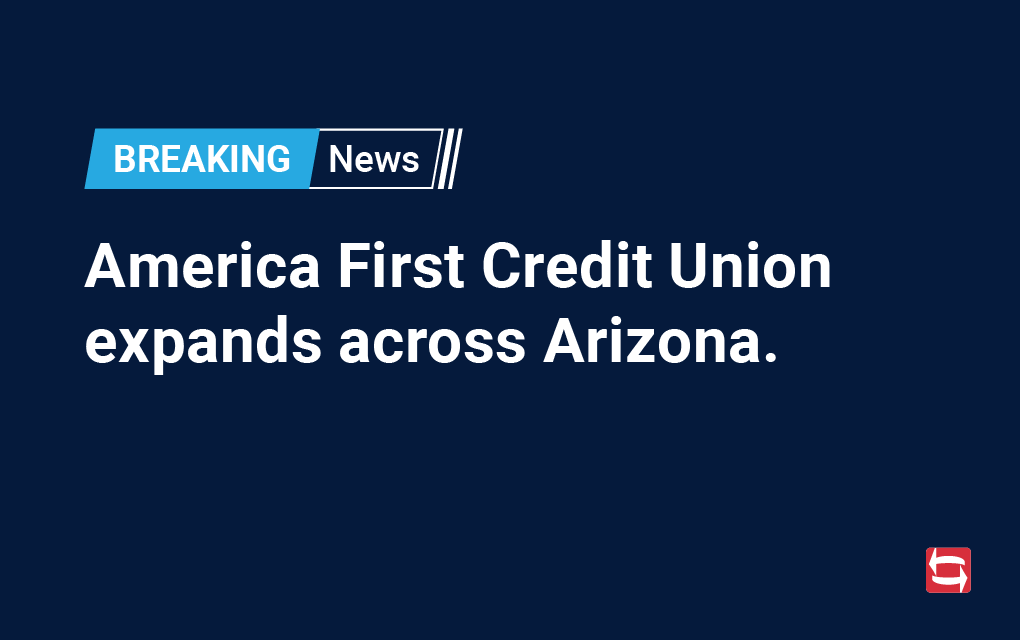
Bankers now see other community banks as their main rival.
Community banks report that their fiercest competition still comes from peers, but nonbanks and credit unions are making strategic gains in key service areas.
In the 2025 Annual Survey of Community Banks by the Conference of State Bank Supervisors, community bankers overwhelmingly identified other community banks as their top competitors across nearly every product and service line.
The findings reflect an industry still shaped by local rivalries, even as technology-driven nonbanks and credit unions make noticeable inroads in specific financial services.
The survey, which gathered responses from 268 institutions with less than $10 billion in assets, found that for core banking activities such as commercial lending, agricultural loans, residential mortgages, and deposit services, community banks consider similar-sized institutions to be their main competitive threat. This intra-industry competition remains especially pronounced in markets where customer relationships and local presence still carry weight.
However, nonbank entities—especially those without physical branches—are gaining ground in key segments.
In the payments space, out-of-market nonbank providers saw the largest year-over-year jump in perceived competition, up 7 percentage points from 2024. Wealth management and retirement services are also seeing a shift, with nonbanks emerging as the dominant competitors in those areas, outpacing both local banks and credit unions.
Story continued below…
Credit unions, while not the top rival in most categories, were consistently identified as notable competitors—particularly in consumer lending and deposit gathering.
Community bankers reported feeling increasing pressure from credit unions’ tax-advantaged structure and expanding service offerings, especially as these institutions continue to broaden their geographic and product footprints.
Internally, bankers highlighted cybersecurity as their top concern, followed by the cost of implementing new technologies and rising credit risk. Externally, margin compression and challenges in core deposit growth led the list of risks, while regulatory concerns fell in priority compared to previous years.
While fintechs and credit unions pose growing challenges, the competitive landscape remains largely defined by familiar faces. For now, community bankers still see their nearest competitors not in Silicon Valley or digital-only platforms—but in the neighboring bank across town.
“It’s the height of hypocrisy. Community banks tell Congress that credit unions are a threat, while telling regulators that they’re not even on their radar. Credit unions don’t compete for profits, they compete for people.”
– Jim Nussle
President & CEO
America’s Credit Unions









